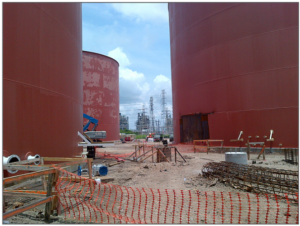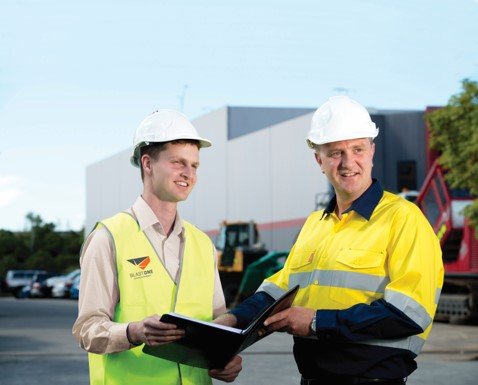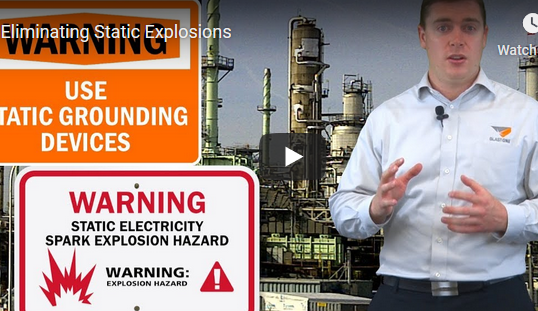
Superior know how
Are Sparks From Blasting Explosive?
We frequently have questions from many contractors asking if the sparks produced by abrasive blasting are explosive. In short the sparks produced by blasting are called “Cold Sparks”, meaning they are caused by friction and you are more likely to have a problem with static electricity.
We refer to the report done by Thornton Laboratories, Shell Research Ltd UK and other studies that have examined the occurrence of sparks produced during abrasive blasting.
All studies have shown that abrasive blasting using compressed air as the propellant produce ‘Cold Sparks’ which are incapable of igniting hazardous combustible atmospheres. These studies have been done using different abrasives such as Copper Slag and Steel Grit (Thornton/Shell UK) as well as Silica Sand (Bradley, National Safety Council Congress, USA).
Chemically, Garnet and Copper Slag are both inert Silicates, containing iron and aluminum in different proportions: Copper Slag has a higher iron content while Garnet has more aluminum. However, sparks are the result of friction and not material chemical composition. Smaller particles produce less friction than coarse particles, which explains why there are only smaller sparks when using Garnet 30/60 Mesh compared to a coarser Copper Slag of 12/40 Mesh. Obviously because of the high iron content in Steel Grit it will produce a higher intensity spark.
Two common abrasives used in explosive atmospheres is a natural Garnet mineral abrasive or a bicarb soda abrasive.
 My Account
My Account




